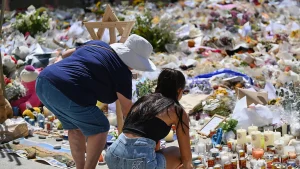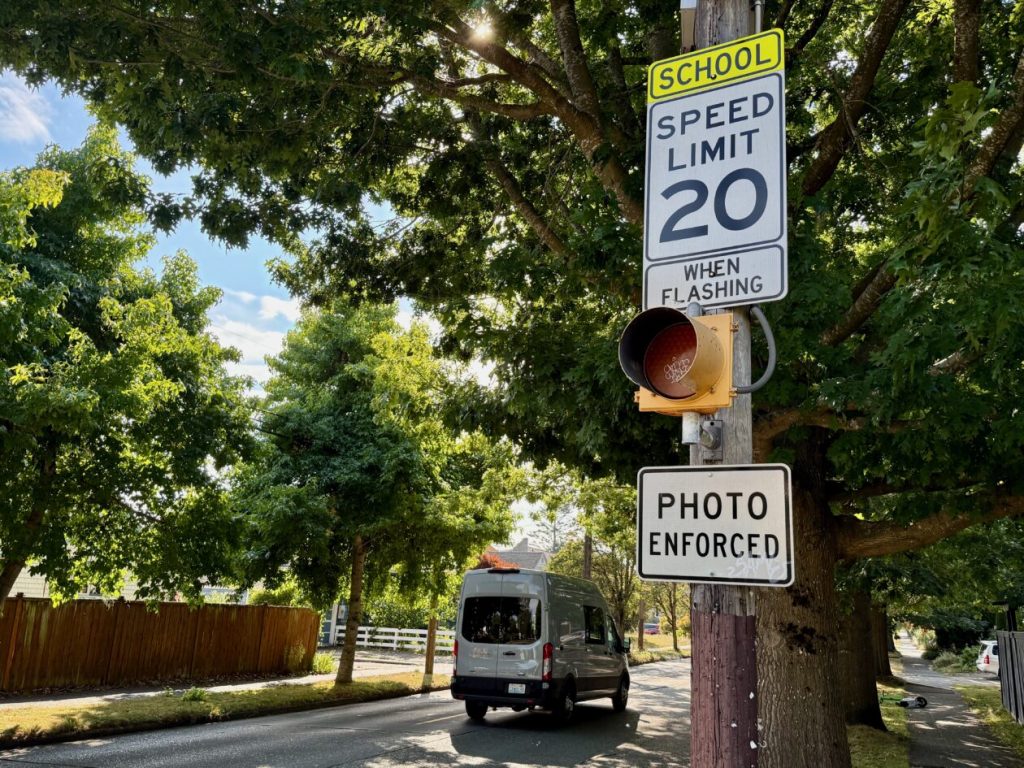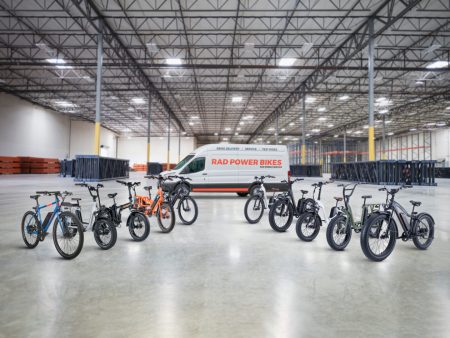Seattle Adds 19 New School Zone Speed Cameras to Enhance Student Safety
As summer draws to a close and Seattle students prepare to return to school next Wednesday, the Seattle Department of Transportation (SDOT) is taking significant steps to improve safety around school zones. This year, 19 new School Zone Safety Cameras have been installed across the city, bringing the total to 38 cameras monitoring driver speeds near public schools. The expansion represents an important commitment to protecting some of the city’s most vulnerable road users—children walking to and from school.
The camera systems are straightforward but effective. Marked by distinctive yellow flashing beacons on speed limit signs, these cameras activate during specific times when students are most likely to be present. Any driver exceeding the 20 mph school zone speed limit during active hours will have their vehicle and license plate photographed, resulting in a substantial $237 ticket delivered by mail. This financial deterrent aims to make drivers think twice before speeding through areas where children are likely to be crossing streets or walking alongside roads. For those who receive citations, the city provides an online system where alleged violations can be reviewed through both photographs and video evidence.
SDOT’s approach to placing these new cameras wasn’t arbitrary. The department conducted thorough safety and equity data analysis to identify locations where the cameras could provide the greatest safety benefits. This strategic deployment reflects a thoughtful approach to traffic enforcement that considers both accident prevention and community needs. What’s particularly noteworthy about this program is its funding structure—all revenue generated from these tickets is reinvested directly into traffic safety improvements throughout Seattle. These investments include constructing new sidewalks, enhancing crosswalks, funding Safe Routes to School projects, and other initiatives that create a safer transportation environment for everyone.
The school zone cameras are just one component of Seattle’s broader automated enforcement strategy. The city also employs similar technology to address other traffic violations, including running red lights, improper use of HOV lanes, violations in bike and bus lanes, and vehicles that block intersections (commonly referred to as “blocking the box”). This comprehensive approach demonstrates Seattle’s commitment to using technology to enhance road safety while freeing up police resources for other priorities. As automated enforcement becomes more commonplace, the hope is that driver behavior will adapt, leading to safer streets without the need for constant human enforcement.
For parents and students, these cameras represent peace of mind. Walking to school has numerous benefits for children—it promotes physical activity, reduces traffic congestion, and fosters independence. However, these benefits can only be realized when routes to school are safe. The expanded camera network creates protected zones where drivers are incentivized to slow down and pay attention, making the journey to school less hazardous for students. While some might view the cameras as merely revenue generators, their presence in school zones serves a critical function in modifying driver behavior precisely where it matters most.
As Seattle’s students return to classrooms next week, the flashing yellow beacons will serve as visible reminders that safety doesn’t happen by accident—it requires deliberate systems and community commitment. The $237 ticket is certainly steep, but it pales in comparison to the potential cost of a moment’s inattention or excessive speed in areas frequented by children. By expanding its School Zone Safety Camera program, Seattle is making a clear statement about its priorities: the safety of its youngest residents isn’t negotiable, and technology can play a valuable role in creating environments where children can travel to school without unnecessary risk. As these cameras become operational throughout the coming school year, they’ll stand as silent guardians helping ensure that everyone arrives at their destination safely.















